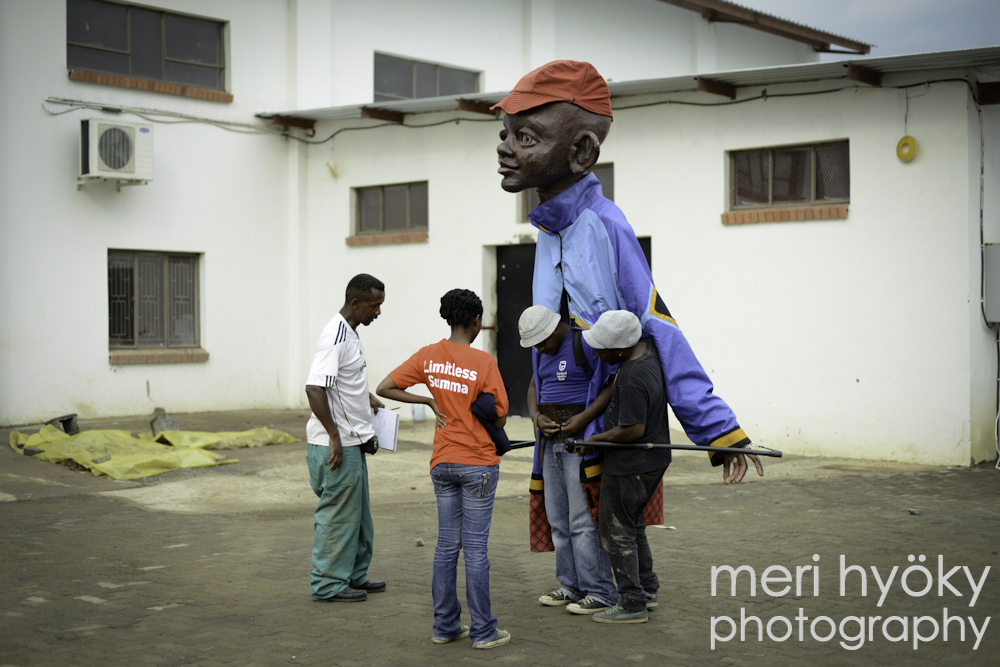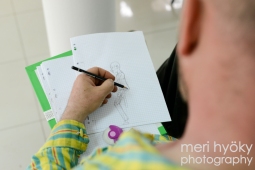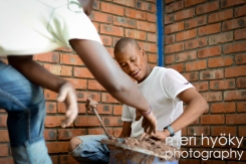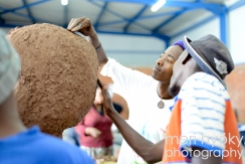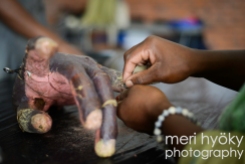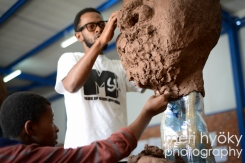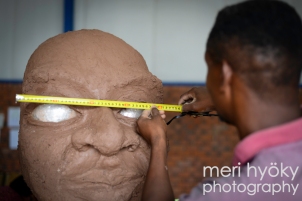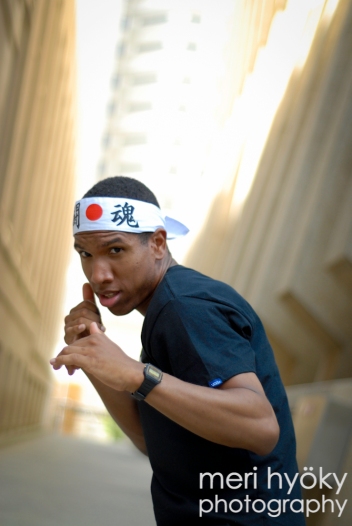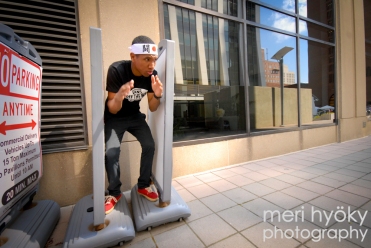By Lineo Segoete
Street art refers to the act of creating and performing visual arts in the public domain. It is born from the artist’s desire to directly address burning issues within society through visual messages where everyone can see them. Driven by passion and an eagerness to learn and push creative boundaries, artists from Lesotho, South Africa and France have literally come together under one roof for a workshop initiated by Alliance Francaise De Maseru (AF) to design and build giant puppets.
The workshop is host to a bunch of 34 artists mainly from Lesotho. These artists range from actors, dancers, fine artists, musicians, writers, fashion and graphic designers and craftsmen. It is facilitated by a joint initiative between Les Grande Personnes– the French Collective and Giant Match– the South African Collective when. The two collectives were introduced by French Institut South Africa (IFAS) in South Africa in 2010 which is when Giant Match was conceived. AF Maseru henceforth partnered with IFAS to bring the project to Lesotho from January 28 to February 11.
PSI Lesotho fitted the last piece of the puzzle by adding a worthy cause to the exercise. The giant puppets are a dare to the artists to combine ideas and teamwork to encourage males to get tested for HIV/AIDS. This enthusiastically interactive exchange is the first of its kind in Lesotho and the excitement of all the stakeholders is vividly evident.
Every collaborator is expected to participate regardless of having never performed the specific task before. We kicked off with creating mud sculptures for the benefit of giving our characters an identity. Next, we had to divide in groups to formulate a storyline (without dialogue). Then we had to convey our characters’ personalities and attitudes through designing the kind of clothes they would wear.
At face value the workshop seemed easy enough but turns out to be rather daunting as we progress. Firstly, we have to put ourselves in the shoes of our target audiences, and create something that they can relate to. Then we have to open our imaginations enough to be able to do things we assumed we were incapable of. Lastly, we must develop a stronger appreciation for our environment- its landscape and contours- as our stage.
Tedious as the days are, we have tons of fun. There is free and open communication between everyone which makes it easy for us to just be ourselves. Our facilitators too, aside from being stern professionals, have wonderful people-skills, are laidback, humorous and extremely talented. They have vast experience in giant puppetry and have done projects throughout Africa and Europe.
We all stand to gain a great deal from the synergy that exists among us.
The project is also funded in camaraderie with artistic engagement and dialogue by Aubervilliers– a municipality in Paris with the added intention to effect social awareness and participation.
The first week of the workshop has simply gone by in a flash of lightening. Each day is an adventure not only on a creative level, but on a personal one too. It is testing us to really think about what motivates our arts and our own psyches as the voices our environment relies on to conscientise and educate our people.

